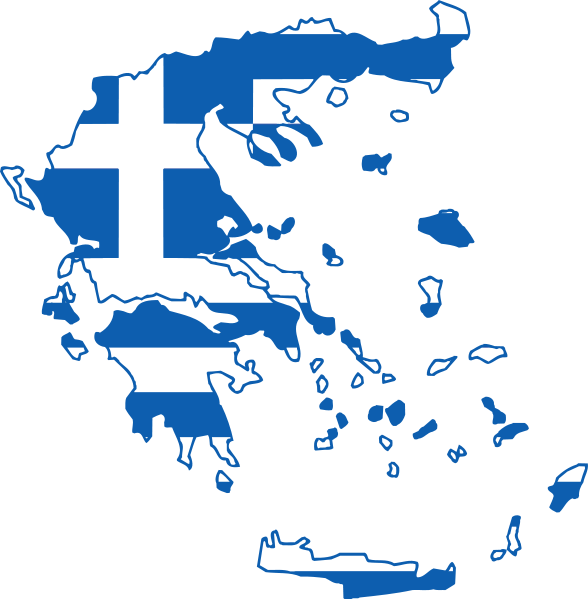
Ancient Eleutherna, located on the northwest foot of Mount Ida on Crete, has been revealing archaeological treasures from the dawn of Greek civilization.
In a major international exhibition at the historic site, the Acropolis Museum is bringing together a host of stunning artifacts from all over the world to highlight the legacy of Eleutherna and mark forty years of research on the site.
At 380 meters above sea level, south of the city of Rethymnon, Eleutherna, also called “Apollonia” at one time, is the birthplace of the poet Linos, the philosopher Diogenes, the tragic poet Ametor, and the sculptor Timochares.
The ancient Greek city-state is being deemed as the “heart” of Crete”—not least by archaeologist Nikos Stampolidis, now in charge of the Acropolis Museum. Stampolidis recently remarked it now stands as the second major pillar of ancient Cretan civilization after that of Knossos and Phaistos.
He also emphasized that it tells the story of the dawn of Greek civilization of the post-Minoan era against the counterweight of Knossos and the one-sidedness of Crete’s Minoan past.

Surveys and systematic excavations under Stampolidis have revealed the city’s settlement patterns, sanctuaries, and necropolises, and even stone quarries in the surroundings of the hill. The discovery of the remains of four females was declared one of the top ten discoveries of 2009 by the Archaeological Institute of America.
During the ninth century BC in sub-Mycenaean times in the Geometric Period of the later Greek Dark Ages, Dorians colonized the city. In 220 BC, the city of Eleutherna triggered the outbreak of the Lyttian War by accusing the Rhodians of the assassination of their leader Timarchus. The Eleuthernans eventually declared war on Rhodes.
In the following conflict, Eleutherna was at first allied with Knossos and Gortys but was later compelled to change sides by the Polyrrhenians and joined the opposite coalition led by the Macedonian King Philip V.
Stunning artifacts from Eleutherna at the exhibition
Artifacts of life in antiquity from eighteen museums have been gathered in this exhibition which will be open from June 29 until October 19.







Ancient Eleutherna was a prosperous center on Crete
With the Roman conquest of Crete in 68to 67 BC, luxurious villas, baths, and other public buildings demonstrate that Eleutherna was a prosperous center through the Imperial period until the catastrophic earthquake of 365 AD.
Stampolidis and his team also discovered two Christian basilicas in Eleftherna adding yet another new aspect to the area’s cultural profile, which had previously solely been identified with the heroes of Homeric times.

Stampolidis said that archaeologists are examining whether these two churches were built by Christians by destroying intact pagan monuments and buildings or if they repurposed already-abandoned monuments of the ancient world.
“Did the Christians act as jihadists or simply peacefully write their own story?” asked the professor.
Related: Zominthos: The Ancient Minoan Palace on Crete’s Highest Mountain







